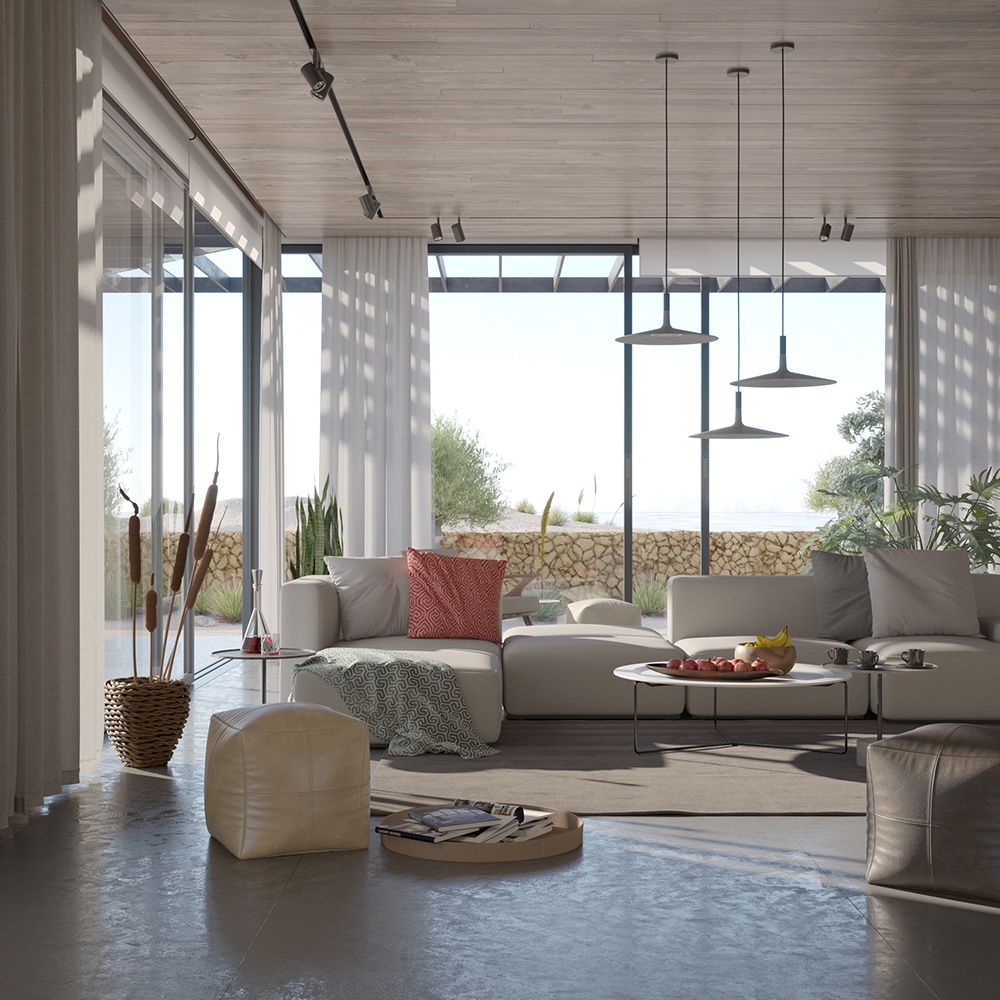This page gives an overview of the Matte Shadow Render Element and how it may be used in compositing.
Overview
The Matte Shadow Render Element shows areas where light doesn't reach. Compare with the Raw Shadow Render Element, which gives areas of cast shadows. While technically not part of the Beauty render elements, the Matte Shadow Render Element can be used to lighten cast shadows by adding it to the Raw Direct Light Render Element. It can also be used to assist in adding 3D elements to a background image or footage in the composite.
Attributes
The parameters for this render element appear in the V-Ray RenderChannelColor render channels node.
Deep Output – Specifies whether to include this render element in deep images.
Color Mapping – When enabled, the Color Mapping options in the render settings are applied to the current render channel.
Consider For AA – When enabled, anti-aliasing is used where possible.
Filtering – Applies the image filter to this channel. Image filter settings are in the Image Sampler tab of the Sampler tab of the V-Ray Renderer node.
Denoise – Enables the render element's denoising, provided the V-Ray Denoiser render element is present.
Derive Raw Channels – Generates data in the raw channels by combining the respective color and the filter color channels.
VFB Color Corrections – Applies the post render color adjustments made from the VFB.
This render element is not supported with V-Ray GPU rendering.
Common uses
The Matte Shadows Render Element is useful for changing the appearance of shadowed areas in compositing or image editing software. In the example, the shadows are brightened and tinted with a warmer tone using the Matte Shadows RE. See the render before and after compositing.
Underlying Compositing Formula
Matte Shadow + Raw Direct Light




